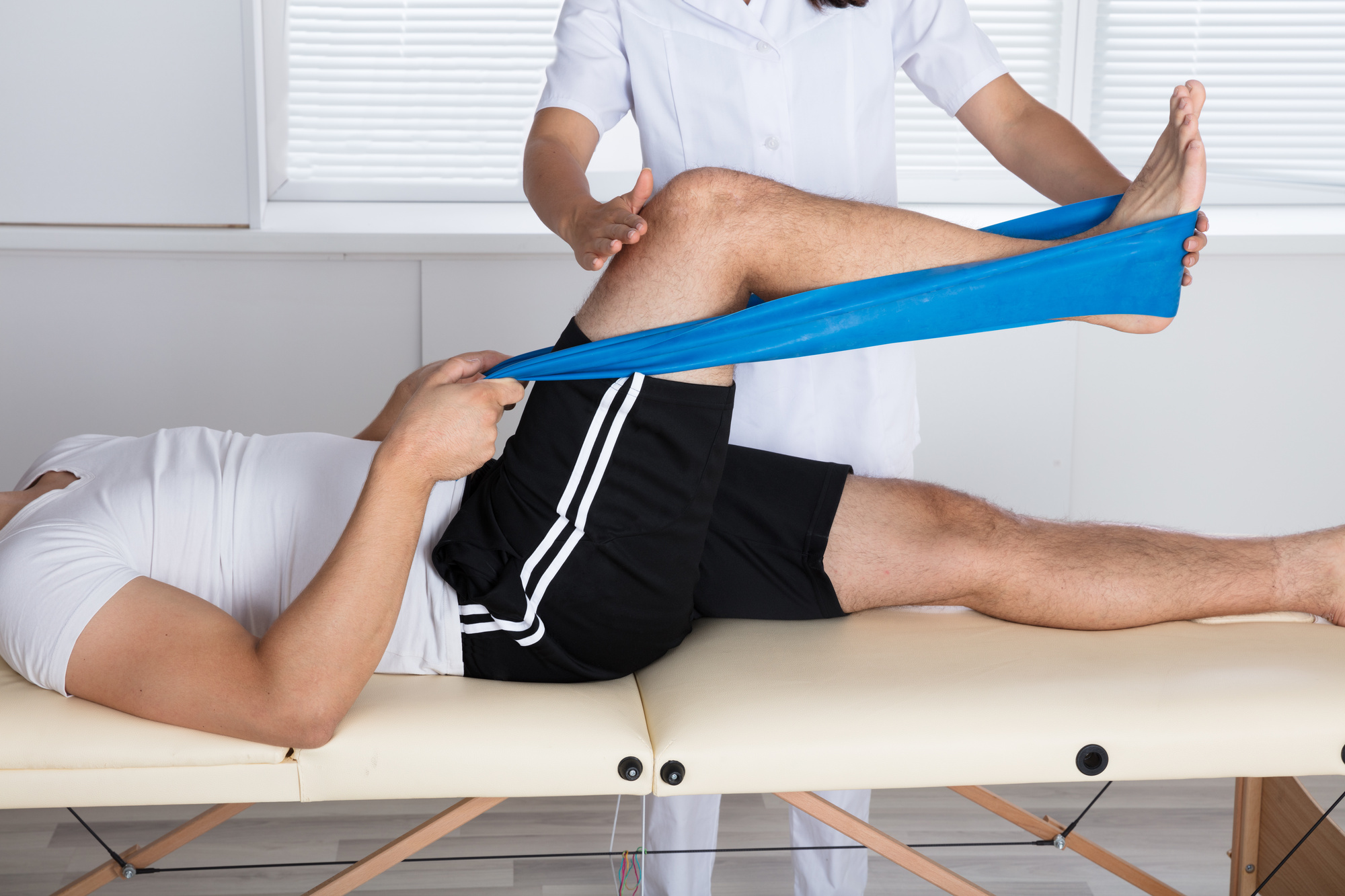Exploring the Diverse Methods of Physical Rehabilitation for Enhanced Recovery and Restoration
Exploring the Diverse Methods of Physical Rehabilitation for Enhanced Recovery and Restoration
Blog Article
Physiological rehabilitation is an essential discipline that helps individuals heal from injuries, surgeries, and multiple health conditions. It involves a range of techniques designed to enhance mobility, reduce pain, and enhance general bodily function. Physical therapists are trained professionals who evaluate each patient’s needs and develop customized treatment plans. These programs often consist of exercises, manual therapy, and education about physical movements. By using these diverse approaches, physical can substantially improve a person’s quality of living.
One frequent technique used in physiotherapy is therapeutic exercise. This involves specific actions and exercises that help strengthen muscles, improve range of motion, and boost stamina. For instance, a client recovering from knee operation may engage in workouts that concentrate on restoring power in the leg muscles. These exercises are meticulously chosen based on the individual’s condition and objectives. By gradually increasing the intensity and challenges of the activities, physical practitioners can help patients recover their power and movement over a period.
Another crucial method is manual treatment, which includes physical approaches to manipulate the body’s tender tissues and articulations. This can involve flexibility exercises, joint movement, and manipulation. Hands-on therapy seeks to relieve discomfort, minimize swelling, and enhance blood flow. For example, a therapist may apply gentle force to ease stress in tight muscle groups or to help a articulation move more smoothly. This technique is often integrated with other treatments to improve recovery and promote recovery. Clients often find hands-on therapy to be a soothing and effective way to control their pain.
In addition to workouts and manual treatment, instruction plays a vital part in physical. Practitioners instruct patients about their conditions and how to manage them effectively. This may entail advice on proper posture, body mechanics, and strategies to avoid subsequent traumas. For example, a therapist might show a client how to lift weighty click this over here now objects safely to prevent straining their spine. By empowering clients with knowledge, physiotherapy therapists assist them take an engaged role in their recovery and promote long-term wellness and fitness.
Finally, technological advancements is increasingly being incorporated into physical practices. Devices such as ultrasound, electrical stimulation, and virtual environments can improve traditional therapy methods. These tools can assist reduce discomfort, promote healing, and offer engaging methods for patients to engage in their recovery. For instance, virtual reality can generate immersive settings for patients to practice actions in a safe plus secure setting. As technology continues to develop, it offers promising opportunities for enhancing recovery results in physiotherapy.
In conclusion, physiotherapy includes a variety of methods that function together to support rehabilitation and healing. Through rehabilitative activities, hands-on therapy, patient education, and the application of technology, physical practitioners provide holistic care customized to each patient’s needs. This holistic approach not only assists clients regain their physical capabilities but also empowers them to maintain their well-being in the long run. As more individuals recognize the benefits of physiotherapy, it remains to play a crucial part in the journey toward improved well-being and well-being.